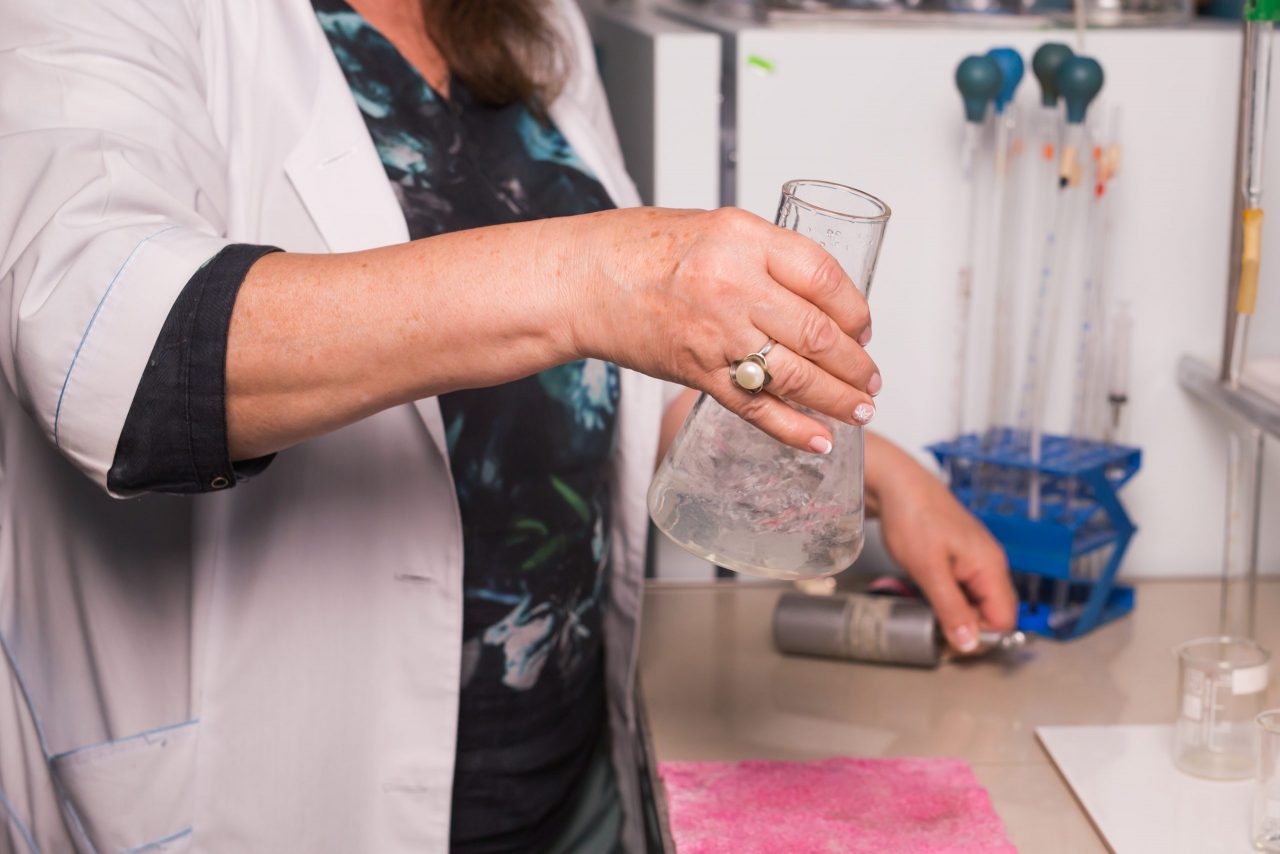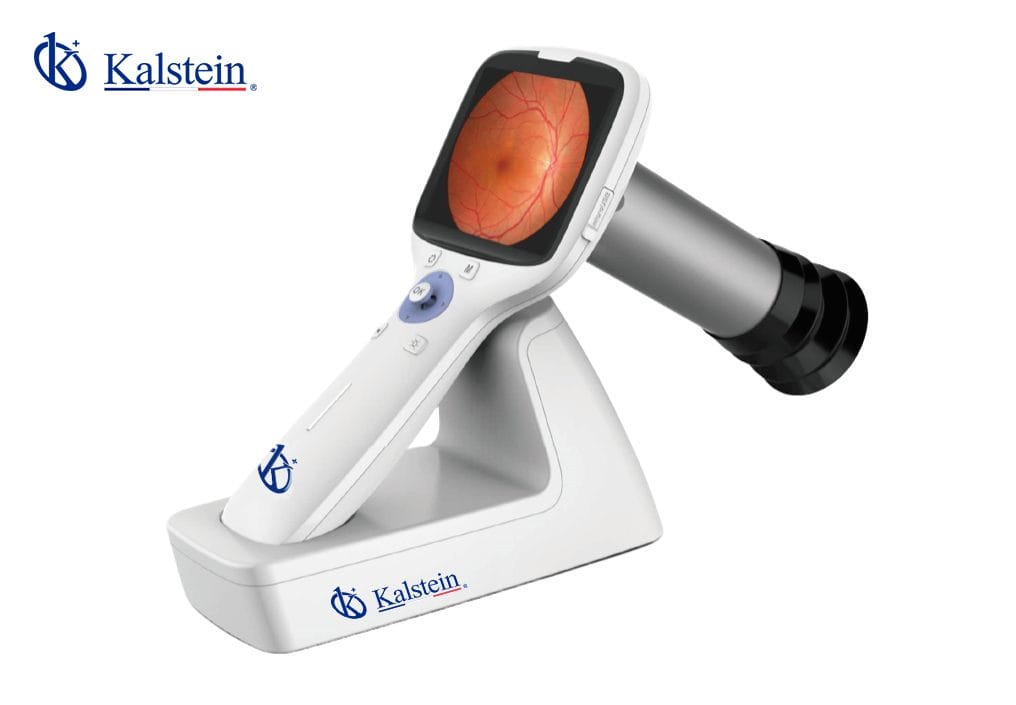The need for water purification systems in laboratories, lies in the advantages of these systems for the functions performed in a laboratory, purified water is essential first to maintain the hygiene and safety standards of the equipment used in the laboratory, in addition, to prepare the solutions, and primarily as feed water for ultrapure water systems, which has important applications in laboratories.
In a laboratory quality is indispensable to carry out precise and efficient experiments, so the pretreatment process is indispensable to produce purified water, it is important to recognize which is the ideal water purification system to obtain ultrapure water in laboratories and that satisfies the specifications of water quality in laboratories.
Water purification systems in laboratories
Water purification technologies are varied, but we must take into account the type of water we are going to obtain; we have type I water that is ultrapure water, and type II and III that allows us to obtain purified water; there is a variety of purification systems each one allows us to obtain a type of water; these are:
- Activatedcarbon: Carbon acts as a reducing agent and is effective for theignition ofoxidizing agents.
- Distillation: the water is subjected to high temperatures until it evaporates.
- Reverse osmosis: uses a dense membrane that allows the diffusion process.
- Ion exchange: A chemical process in which unwanted dissolved ions in water and effluents are exchanged for other similarly charged ions.
- Electrodeionization: combines resins andion exchange machines.
- Microporousfilters: it is a filtration process with porous filters of micrometricsize.
- UV germicida: ultraviolet radiation with UV lamps, prevents microbial growth.
How to get an ultrapure water for laboratory use
As we already described there are many technologies to obtain purified water, but what is the ideal system for your laboratory, as we already established an optimal water quality, favors the precise results in a laboratory; this means that we must use the best purification technology, therefore, KALSTEIN recommends a combination of purification systems, as pretreatment of ultrapure water.
Combining reverse osmosis and electrodeionization is a good option to obtain type II water, which means that the total oxidizable carbon of the water and the ionic concentrations are lower covering the general needs of the laboratories, in addition, it makes it possible to obtain ultrapure water; however, in the ultrapurification stage, three ion exchange resin systems are combined, activated carbon and UV photooxidation, yielding a very low level of organic contaminants.
How a combined water purification system works
- The water passes through the cartridges containing the activated carbon, a filter to retain the coarse particles and then the polyphosphates to reduce the hardness of the water.
- The water then passes through a reverse osmosis membrane that retains most of the organic contaminants.
- The water obtained is subjected to purification by electrodeionization, to produce type II water.
- Type II water is recommended for most analytical and general laboratory tests.
We offer you more information about the different types of systems for water purification, their advantages and disadvantages; do not hesitate to contact us Kalstein through the website, we are a manufacturer of laboratory equipment of international coverage with the best offers in sales / purchase online, we can advise you about which is the best water purification system corresponding mainly to the range of applications for which its use is required; if you have doubts about which one to buy or install, we will help you, in addition to offering you the best products. HERE




